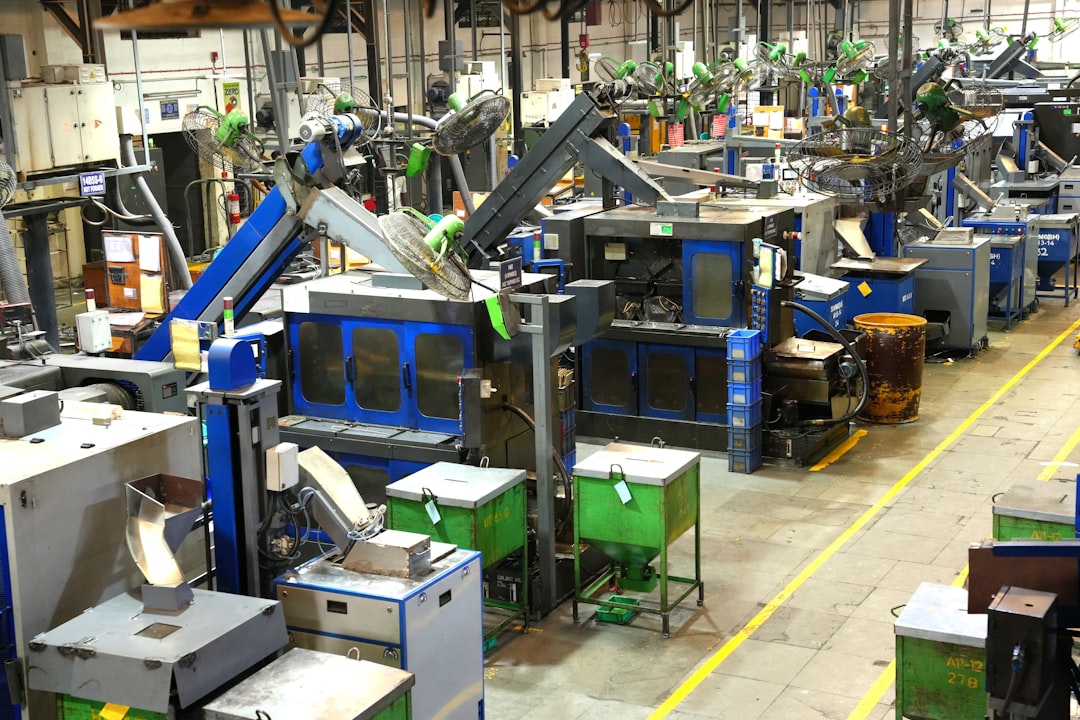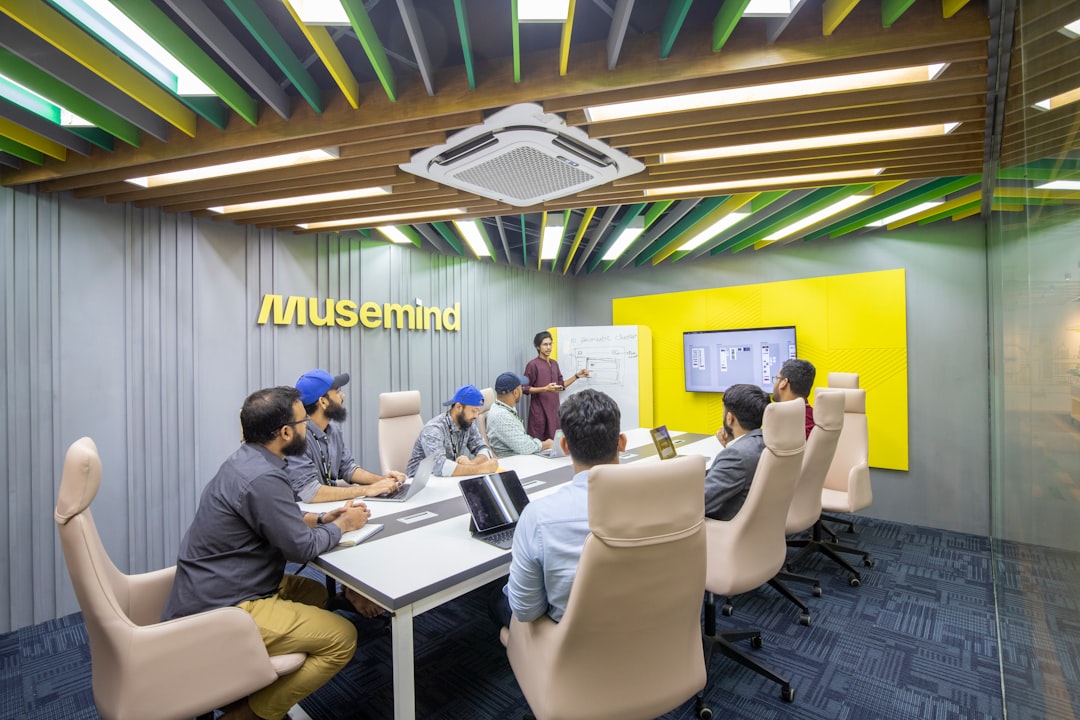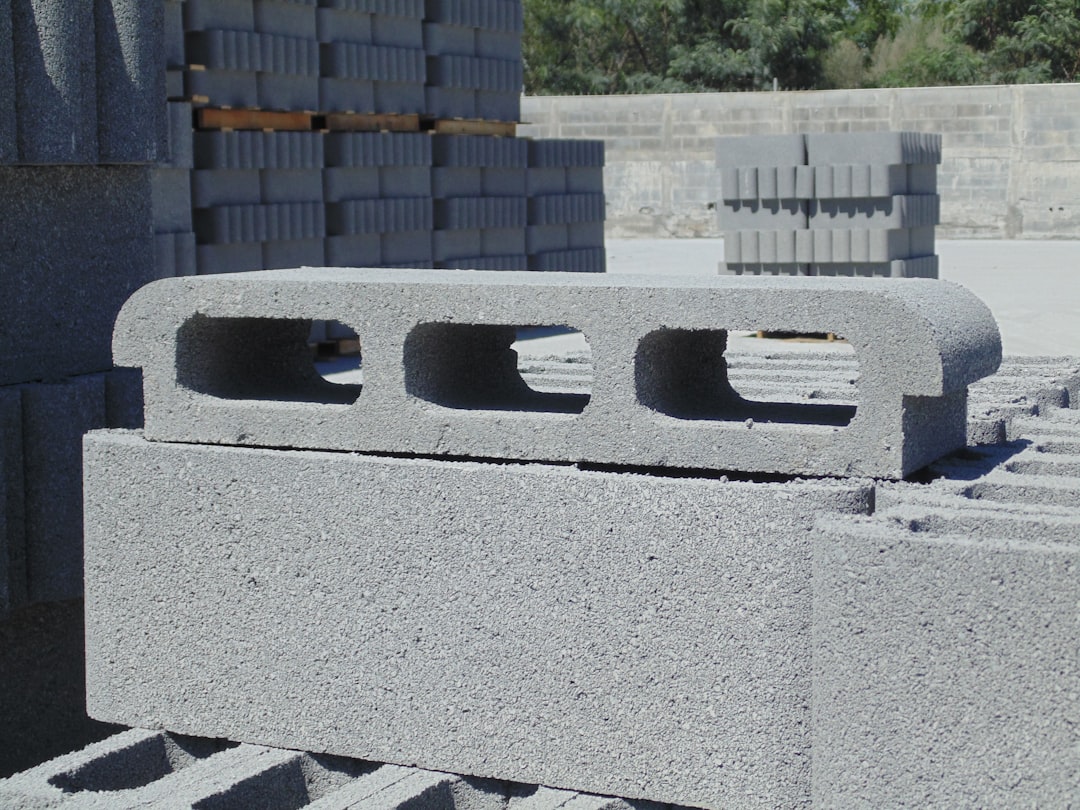In recent years, the world of 3D printing has evolved from a niche interest to a widely accessible and versatile tool for both hobbyists and professionals. Among the myriad of options available, the Bambu Lab A1 3D printer stands out as a promising device that has garnered attention for its potential to deliver high-quality prints with user-friendly operations. My journey with the Bambu Lab A1 began a few months ago and this article aims to share detailed insights and experiences from this initial phase.
### Getting Started: Initial Setup and Calibration
The first impression often hinges on the setup process, and the Bambu Lab A1 did not disappoint. Upon unboxing, the printer’s components were well-organized, and the setup instructions were clear and comprehensive. The aforementioned meticulous organization allowed for a relatively quick assembly process, which is a critical factor for both beginners and seasoned users who wish to dive into projects quickly.
Calibration, quintessential to achieving precise prints, was equally straightforward. The Bambu Lab A1 comes equipped with automatic leveling capabilities that significantly reduce setup time. This feature ensures that the base plate is perfectly aligned, allowing for consistent layers and minimizing print errors caused by uneven surfaces – a common pitfall in 3D printing.
### Print Quality: The True Test of Excellence
One of the most critical aspects of any 3D printer is the quality of its prints. The Bambu Lab A1 boasts a high-resolution output that caught my attention from the very first print. Unlike some alternatives that often struggle with finer details, this printer excels at bringing intricate designs to life. For instance, printing a complex model of a small architectural piece revealed the A1’s ability to capture delicate arches and doorways with impressive precision.
### Navigating the Learning Curve
Even with user-friendly features, mastering a new 3D printer involves a learning curve. My initial experiences with software and material settings were no different. The Bambu Lab provides proprietary software which, although intuitive after some use, initially presented challenges, especially in configuring custom settings for varied materials such as PLA, ABS, and PETG. However, ample online resources and an active community of Bambu Lab users provided invaluable support, shortening the learning curve considerably.
### Facing Challenges: Common Hurdles and Their Solutions
No technology is without its quirks, and the A1 is no exception. Initial challenges included the occasional filament jam and calibration drifts after multiple prints. Regular maintenance, like timely nozzle cleaning and belt tension checks, became a routine and preventive measure to ensure seamless operation.
### The Evolution of Personal 3D Printing
The Bambu Lab A1 has proven to be a powerful entry point into the world of 3D printing. Its ease of use, combined with high-quality outputs, marks it as a significant contender in the consumer 3D printer space. As the demand for personalized, precision printing grows, devices like the A1 are democratizing access to what was once the domain of highly specialized equipment.
With more applications being found in fields ranging from educational toys to personalized home décor, the potential for creativity and innovation is boundless. The positive early experiences with the Bambu Lab A1 make it an exciting participant in this technological evolution.
In conclusion, while challenges persist, as with any new tech adoption, the Bambu Lab A1 provides a robust platform for newcomers and seasoned users alike. Future updates and iterations are anticipated to further enhance its functionality, promising an exciting journey ahead with this remarkable piece of technology.
IT Trend
Bambu Lab A1 3D printer















Leave a Reply